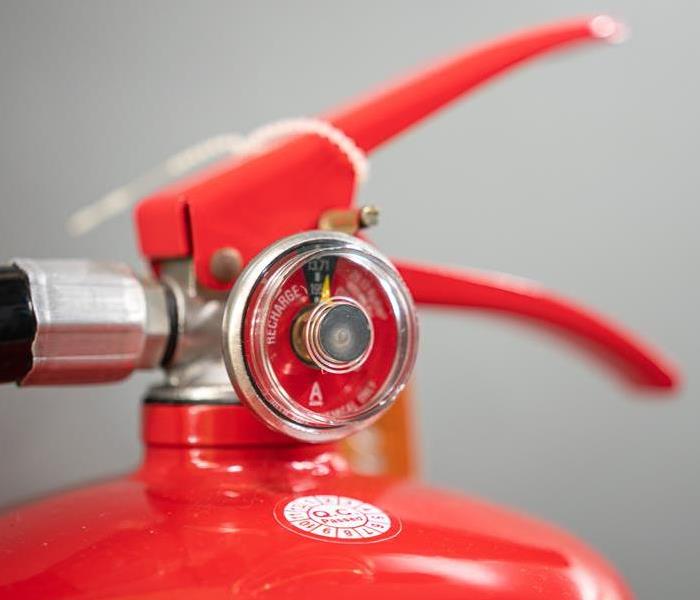Fire Extinguisher 101: Understanding the Different Types and Their Uses
2/3/2023 (Permalink)
What are 3 Types of Fire Extinguishers I Should Know About?
Fire extinguishers are an important tool for every home. Whether you're a homeowner or a renter, having access to fire extinguishers can help you put out small fires quickly and safely before they become unmanageable. But did you know that there are different fire extinguishers designed for different types of fires?
The Nassau County fire damage repair and restoration professionals at SERVPRO of East Meadow/Westbury look at the different types of fire extinguishers available and when to use them.
Water-Based Extinguishers (Class A)
The most common type of fire extinguisher is the water-based one, usually labeled with a "Class A" rating. Water-based extinguishers are designed for Class A fires involving combustible materials such as paper, wood, cloth, rubber, and plastics. These extinguishers work by cooling the burning material so that it can no longer sustain combustion.
Carbon Dioxide Extinguishers (Class B)
Carbon dioxide (CO2) fire extinguishers are designed for Class B fires, which involve flammable liquids such as gasoline, paint thinners, and cooking oils. CO2 works by displacing oxygen from around the blaze; without oxygen, the fire cannot continue to burn. CO2 fire extinguishers typically have a curved handle and a horn-like nozzle at the top.
Dry Chemical Extinguishers (Class C & D)
Dry chemical fire extinguishers come in two varieties: ABC dry chemical for Class C & D fires and BC dry chemical for Class B & C fires only. ABC dry chemical is designed for electrical equipment and combustible materials; it creates a barrier between the fuel source and the oxygen necessary for combustion.
BC dry chemical is specifically designed for Class B & C fires involving flammable liquids; it smothers the flames by coating them with a thick foam layer. Both types of dry chemical fire extinguishers have a pressure gauge on their side that indicates whether or not they have been discharged or need refilling or maintenance.
Nassau County Fire Damage Repair and Restoration Professionals
As you can see, there are several different types of fire extinguishers available depending on your needs. It's important to understand how each type works to choose the right one in an emergency; doing so could save your home from serious damage or destruction.
SERVPRO of East Meadow/Westbury is here to help if your home sustains fire-related damages; call us at (516) 334-2927 or fill out a quick online form to learn more.




 24/7 Emergency Service
24/7 Emergency Service
